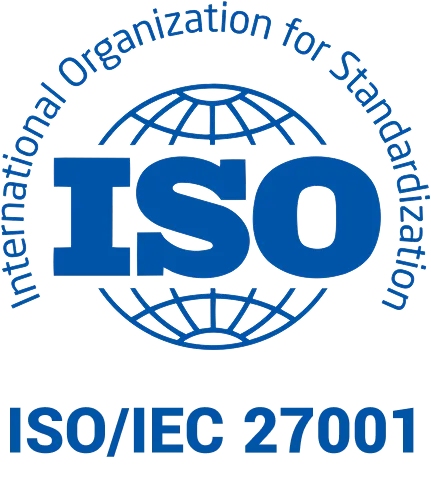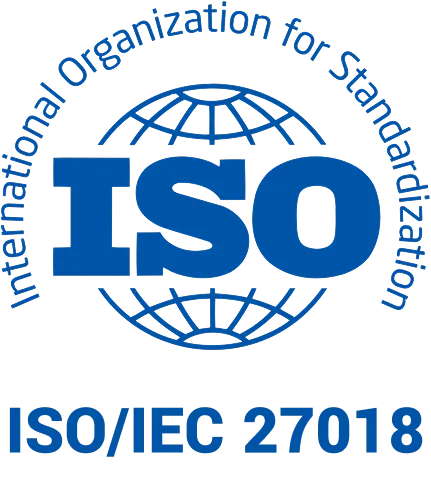
Cafeteria Compensation: A Flexible Approach to Employee Benefits
Cafeteria Compensation: Flexible Approach to Employee Benefits
More and more companies are noticing that traditional compensation methods no longer match today’s workplace realities. Cafeteria compensation gives employees the chance to choose the benefits that truly matter to them. In 2025, over half of Polish employees consider non‑salary benefits a key element of their pay, while 36% see them as a form of compensation. This model is gaining popularity as it enables tailored benefits for each individual.
What Is Cafeteria Compensation?
Definition and how it works
The cafeteria system is a flexible pay model where employees decide that part of their salary will not be paid in cash but in the form of non‑salary benefits. Compensation is divided into two parts: a fixed salary and a variable pool of funds or points that can be exchanged for different benefits.
Employees make their selections just like choosing from a menu in a restaurant. Typically, each worker gets a digital account funded with points (monthly or quarterly), which they can spend on available benefits.
Cash vs. non‑salary benefits
The main difference lies in taxation and usage. Salaries are fully taxed and subject to social security contributions, while some cafeteria benefits may be exempt. Non‑salary benefits also provide more flexibility and personalization.
Key Elements of the Cafeteria System
Cafeteria points as settlement mechanism
Points act as a virtual currency. The employer defines the budget, which may be distributed equally or according to seniority. Sometimes conditions must be met to receive points, adding a motivational element.
Role of benefit platforms
Benefit platforms are the technological backbone of modern cafeteria systems. They digitize processes, automate settlements, and give employees direct access to a benefit catalog. For example, a cinema ticket can be purchased instantly via a mobile app.
Compensation regulations
Companies with 50+ employees must define pay systems and benefit rules in internal regulations. For smaller firms, introducing such a policy is optional but recommended.
Funding from Social Benefits Fund (ZFŚS)
In Poland, the Social Benefits Fund is a key source of cafeteria financing. Platforms like Nais simplify ZFŚS management, enabling employers to define sub‑accounts, allocate both repayable (bonuses) and non‑repayable (awards) funds, and generate transparent reports.
Most Popular Cafeteria Benefits
- Private healthcare – fast access to specialists and diagnostics, boosting well‑being and productivity.
- Sports cards and recreation – promoting physical activity with gyms, online classes, and sports facilities.
- Life insurance – providing financial security for employees and their families.
- Pension programs – long‑term financial security, especially valued by older employees.
- Extra vacation days & holiday subsidies – additional time off and support for travel expenses.
- Lunch cards and meal vouchers – practical daily support, especially in office‑based roles.
- Shopping vouchers & e‑vouchers – flexibility in purchasing goods and services.
Benefits of Cafeteria Compensation
For employees – flexibility and personalization
Workers choose benefits that fit their lifestyle: medical care, sports, education, or vouchers. This freedom enhances satisfaction and well‑being.
For employers – motivation, loyalty, retention
The system strengthens employee loyalty, reduces turnover, and creates a positive relationship between company and staff. It may also lower employment costs due to reduced social security charges.
Impact on organizational culture
Cafeteria systems help build a healthy work culture, improve engagement, and strengthen employer branding.
Implementation in Companies
How to plan and implement
The first step is analyzing employee needs and budget. Then, choose a benefit platform with automation and analytics features.
Challenges and best practices
Education, system integration, and proper ZFŚS management are key. Best practice: gradual rollout and continuous feedback collection.
Integration with HR systems
Modern platforms connect with payroll and HR systems, ensuring automated workflows and smooth administration.
Benefit Platforms Overview
- Carrotspot – personalization and analytics.
- MyBenefit – broad catalog of sports, culture, education benefits.
- Motivizer – gamification and well‑being focus.
- Medicover Benefits – strong ZFŚS integration.
- Worksmile – advanced motivational tools.
- Nais – seamless ZFŚS management, team challenges, gifting and crowdfunding features, plus advanced analytics and ISO‑certified security.
Data Security in Cafeteria Systems
With sensitive employee and financial data at stake, security is critical.
Nais ensures compliance with ISO 27001 and GDPR, applies advanced encryption, and conducts regular penetration tests. The system guarantees 99.9% uptime, with disaster recovery procedures aligned with ISO 22301.
The Future of Cafeteria Compensation
Trends shaping 2025 and beyond:
- Personalization of benefits.
- Stronger focus on health, well‑being, and work‑life balance.
- Digitalization and self‑service platforms.
- Employer branding powered by innovative benefit strategies.
Cafeteria systems are no longer just perks – they are strategic tools for motivation, loyalty, and organizational culture.
Summary
Cafeteria compensation is a modern response to changing labor market needs. By allowing employees to customize their benefits, companies boost satisfaction, engagement, and loyalty. For employers, it is an effective tool for motivation and retention, while platforms like Nais ensure automation, security, and innovation. The future of compensation lies in flexibility, personalization, and the smart use of technology.




































